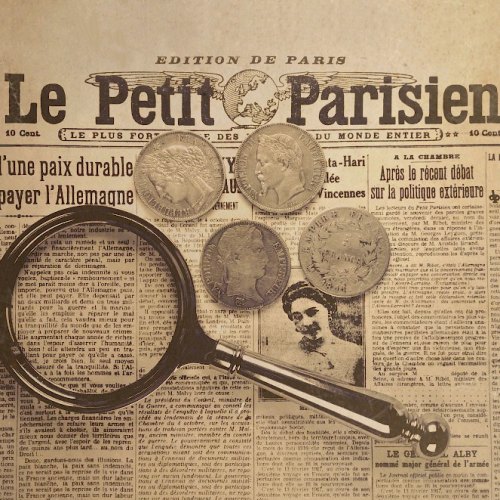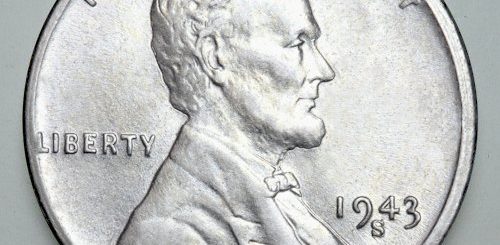Grading Coins – Coin Grades Past & Present
During the early years of coin collection, only three grades were used – Uncirculated, Fine, and Good. Uncirculated means it has never been out in circulation. It went from the minting process straight to a collector’s box. This is why it is said to be in “Mint State”. Fine coins are those with clear details but have some flaws such as minor scratches or discolorations. Good coins are those with clear and intact details of the images minted on the coin but have more flaws than the “fine” coins.

Photo: Coin grading in the past and present.
Although you might have noticed that the abovementioned grades are very subjective. The distinction between fine and good is vague. One cannot simply draw a line between fine and good. What looks good to you may not be good enough for another. This is what prompted the creation of organizations like PCGS, or Professional Coin Grading Service or the Numismatic Guaranty Corporation for short, NGC or ANACS, created by the American Numismatic Association. These organizations help in giving an objective appraisal of the coins.
Today, coin grades vary from Perfect Uncirculated to Fair Poor. There’s the Extremely Fine, the Very Fine, the Fine, the Very Good, the Good, and the About Good in between. However, these are still subjective grade and coin collectors may still have some disagreement on the value of their coins just by using those grades.
So eventually, a more detailed and objective scale was developed to better appraise the real value of the coin. A scale of 1 – 70, including some plus or minus, has been created to be more specific with the grading. Each grade level has its own description, which will help anyone determine his or her own coin grade more precisely. For example, 1 is a coin with identifiable date and type; but other than that, there’s nothing else good about it. And scale 70 is a coin, which is as it was struck and minted with a full strike. A more detailed grade may also include the color of the coin. There’s a code for every possible discoloration that a coin might have. Is it red? That would be coded as RD. Red-brown (RB)? Or brown (BN)?
Silver coins can also be appraised by how it was struck. FS for Full Steps, FB for Full Bands, FH for Full Head, and FBL for Full Bell Lines. The coin surface is also an indicator of whether a coin is good or not. DM for Deep Mirror Prooflike, PL, for Prooflike, and DC for Deep Cameo. These are but just a few of the considerations that collectors can use—both old-timers and new timers.


